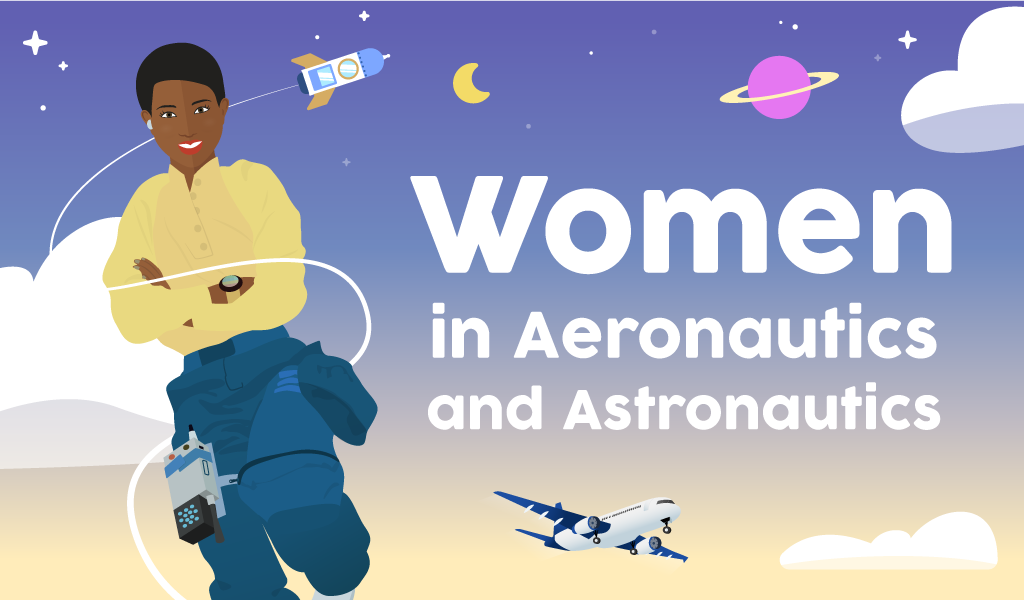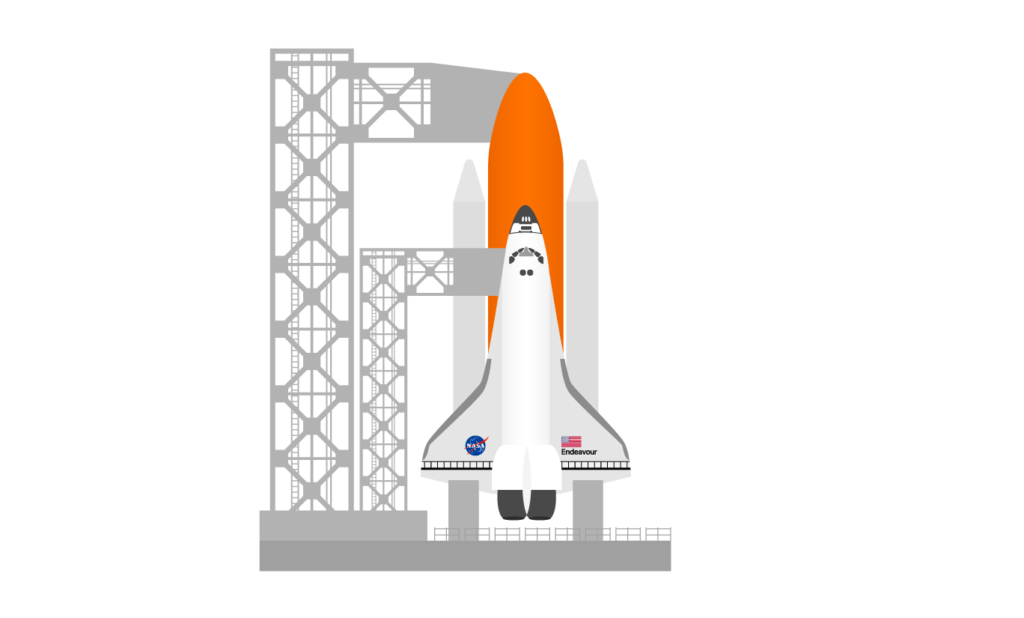
Women in Aeronautics and Astronautics
By Lab4U Team
The aerospace industry has been predominantly male throughout history, but during the recent decades, more and more women have entered this industry and have made significant contributions at all levels. From design and production, to research, development, piloting and astronautics, women are playing a vital role in creating a more sustainable and advanced future for this area.
It is important to note that although aviation and space exploration have historically been dominated by men, women have been present since the beginning of its history. For example, in 1910, French aviator Raymonde de Laroche became the first woman to earn a pilot’s license. Since then, many women have followed her example and have made important contributions to the aviation industry. Additionally, the growing presence of women in this industry is helping to create a more diverse and inclusive future for this industry, which is beneficial to all.
Although there are still barriers to overcome in terms of gender equality, women are showing that they have a decisive role to play in the exploration of air and space. Below are some of the most significant contributions of women in aviation.
Design and Production
Women have played an important role in the design and production of aircraft. Throughout history, many women have worked in production jobs in aircraft factories, helping to build some of the most iconic aircraft in history, such as the Spitfire aircraft used by the Royal Air Force during World War II. In addition, there are also women who have played key roles in designing new technologies in aeronautics, like Hedy Lamarr, an Austrian actress and scientist, who invented a frequency-hopping technique that helped planes avoid interference from enemy radio signals during World War II.

Investigation and development
Women have also contributed significantly to research and development in the aircraft industry. For example, Katherine Johnson was an African-American mathematician who worked at NASA and helped calculate trajectories for the agency’s space travel in the 1960s. There are also many women who work in research and development of new aviation technologies, such as electric planes and drones. In addition, women bring a unique perspective to research and development, which helps improve diversity of thought in the industry.

Piloting And Astronauts
Although women have faced barriers to becoming pilots and astronauts, many have overcome these obstacles and have made significant contributions in these areas. For example, Amelia Earhart was the first woman to fly solo across the Atlantic Ocean in 1932, and Sally Ride was the first American woman in space in 1983.
Sally Ride was known to be a private person and did not publicly discuss her personal life during her lifetime. However, after her death, it was revealed that she was a lesbian and had been in a long-term relationship with her partner, Tam O’Shaughnessy, for 27 years.
Although Ride did not speak publicly about her sexual orientation, she was a strong advocate for diversity and inclusion, and her legacy has been embraced by the LGBTQ+ community. In particular, her pioneering achievements as a woman and as an astronaut have been celebrated as an inspiration to all those who face barriers in pursuing their dreams.
Today, there are many female pilots and astronauts who are leading the way in the aviation and space industry. Additionally, female pilots have a lower accident rate than male pilots, showing that women can be just as competent in this area.
Leadership And Empowerment
In addition to the individual contributions of women in the fields of aeronautics and astronautics, there is also a growing number of women leaders and entrepreneurs in the industry. These women are leading aeronautics and space companies, and are working to create a more diverse and inclusive future for the industry as a whole. Additionally, they are working to inspire the next generation of women in aerospace by proving that anyone, regardless of their gender, can succeed in this industry.
Food for thought:
1. Thinking of Sally Ride, do you think that today it is possible for women to reconcile their professional achievements with their private lives?
2. Why do you think it is important to promote the participation of women in Science and Technology?
3. How could the participation of women in the field of aeronautics and astronautics be promoted?
References:
• National Air and Space Museum. (2020). Women in Aviation and Space History. Retrieved from https://airandspace.si.edu/topics/women-in-aviation-and-space-history
• NASA. (2020). Women at NASA. Retrieved from https://www.nasa.gov/topics/women/index.html




